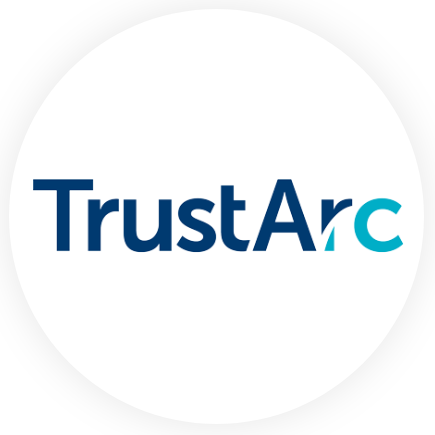Does the phrase, 'I think I'm getting billed, but I'm not sure,' sound familiar? While most small business owners consider cost savings a top priority, few are doing a comprehensive tech audit to see where there may be savings or inefficiencies. One of the most effective ways to save and maximize tech efficiency is by cutting unnecessary expenses, consolidating systems and processes and eliminating redundancy. An experienced Managed Services Provider (MSP) can help identify where there may be gaps in your IT systems, help bundle services and work with a business’ vendors to help consolidate savings. The risks of not doing a comprehensive tech audit could leave your business vulnerable to a cyberattack because systems and software may not be updated with the latest security patches, leaving known vulnerabilities exposed to attackers.
Understanding the Cost of Redundancy
Redundancy in IT can manifest in various forms, such as duplicate software licenses, overlapping tools and underutilized hardware. While some redundancy is necessary for backup and disaster recovery, excessive redundancy can lead to inflated costs and inefficiency. It's essential to assess your current IT landscape to identify areas where you can reduce waste.
Conducting a Thorough IT Audit
The first step in maximizing tech efficiency is to conduct a comprehensive audit of your existing IT assets and processes.
This audit should include:
- Inventory of hardware and software
- Evaluation of usage and performance metrics
- Assessment of IT staff workflows
- Review of current IT-related contracts and expenses
Streamlining Software and Services
Many organizations fall into the trap of subscribing to multiple software platforms that offer overlapping functionalities.
To avoid this:
- Core Functions: Determine the essential functions needed for your business operations.
- Software Options: Compare your current software solutions to see if multiple tools can be replaced by a single platform.
- Licenses: For necessary software, negotiate enterprise licenses or volume discounts.
Consolidating Hardware and Infrastructure
With the rise of cloud computing, many traditional hardware investments can be re-evaluated. Consider the following:
- Migrate to the Cloud: Where possible, migrate systems and storage to the cloud to reduce the need for physical servers and data centers.
- Virtualize: Implement virtualization to maximize the use of existing hardware resources.
- Regularly Upgrade: Keep hardware up to date to ensure efficiency and reduce maintenance costs.
Optimize IT Processes
Efficient processes are the backbone of a streamlined IT department.
Focus on:
- Automating Routine Tasks: Use automation tools to handle repetitive tasks, freeing up IT staff for more strategic work.
- Implementing Best Practices: Adopt industry best practices for IT management, such as ITIL or Agile methodologies.
- Continuous Training: Invest in ongoing training for your staff to keep skills sharp, improve productivity and be cyber safe.
By saving on unnecessary costs, consolidating systems and services, and eliminating redundancies, businesses can create a leaner, more responsive IT environment. Your locally outsourced NerdsToGo can help streamline your business IT operations, identify savings and keep your IT systems running smoothly.
Remember, the goal is not just to cut costs but to create value by enabling your business to operate more effectively. By taking these steps, you can ensure that your IT infrastructure is not only cost-effective but also a powerful engine for growth and innovation.

Tech audit - A tech audit, short for technology audit, is a comprehensive review and analysis of an organization's information technology infrastructure, systems and policies. The purpose of a tech audit is to ensure that the current IT assets are effectively supporting the organization's goals and objectives, and to identify areas where improvements can be made.




